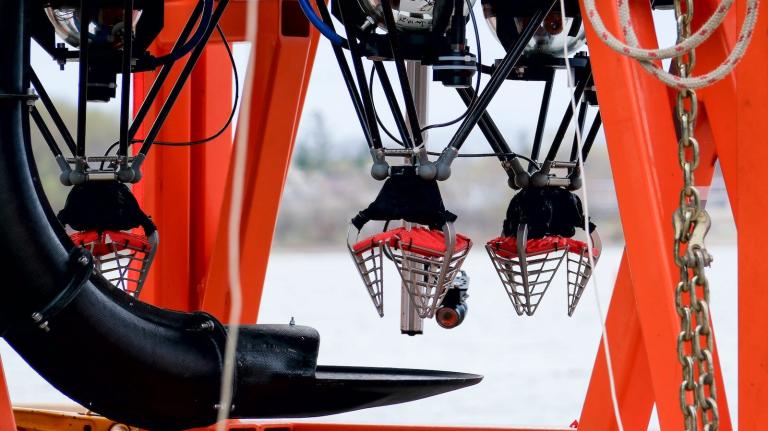Unfortunately, I only got to catch the tail end of the Environmental Justice for All solidarity event up here in Seattle on Saturday. I missed the tour though … ’cause I got lost. Hey, I’m new here, OK? But as the national tour drew to a close, it was good to see activity up in our corner as well.
The event, hosted by the Community Coalition for Environmental Justice, led folks on a tour of some of the most polluted areas here in the generally-conceived-of-as-green city of Seattle. South Seattle neighborhoods deal with a disproportionate number of environmental woes, including 22 facilities that have been found to release air pollutants, six hazardous waste treatment facilities, and 35 facilities that have reported toxic releases.
The tour also traveled by boat down the Duwamish River, a five-mile stretch of which the EPA labeled a Superfund site in 2001. High mercury, PCB, and lead levels have made the river hazardous to every living thing dwelling in or around it. The majority of South Seattle residents are people of color, and the average income is just a little over half that of the greater city average.
Rather than focus on the negative, the tour through South Seattle — as it did throughout the U.S. — focused on what people in these communities are doing to change their realities. Lorena Sepin, the bilingual outreach coordinator for the Duwamish River Clean-up Coalition, told tour-goers about her organization’s new afterschool program in South Park. The program will bring 25 students together twice a week throughout the fall semester to get them involved in the clean-up, and will provide school credit.
For Sepin, a native of Mexico, her job coordinating this effort was a natural extension of her interests. “My family says I’m a freak cleaner,” said Sepin. While working with the city’s Latino population at the Health Department, she began to realize that providing health care alone wasn’t going to solve the problems. Getting to the source of her community’s health problems, and getting kids involved, seemed all the more important.
“I have a 13-year-old who is going to participate,” said Sepin. “I want to get my son more involved in this. He’s our future generation.”
Other issues discussed at Saturday’s event included prioritizing community-driven development over development in and of itself, preserving low-income housing, and gentrification in the Central District.
Representatives from environmental justice groups as far away as Idaho and Alaska attended the event, offering solidarity and their own stories of success in their communities.
“We’re all very similar, so it’s good to come together and see that we are making an impact,” said Holly Unger, resource development coordinator for the CCEJ in Seattle.
“What was key to me was seeing a regional connection,” said CCEJ Board Co-chair Dean Jackson. “It’s like an isolation antidote.”
More on the national tour tomorrow.


